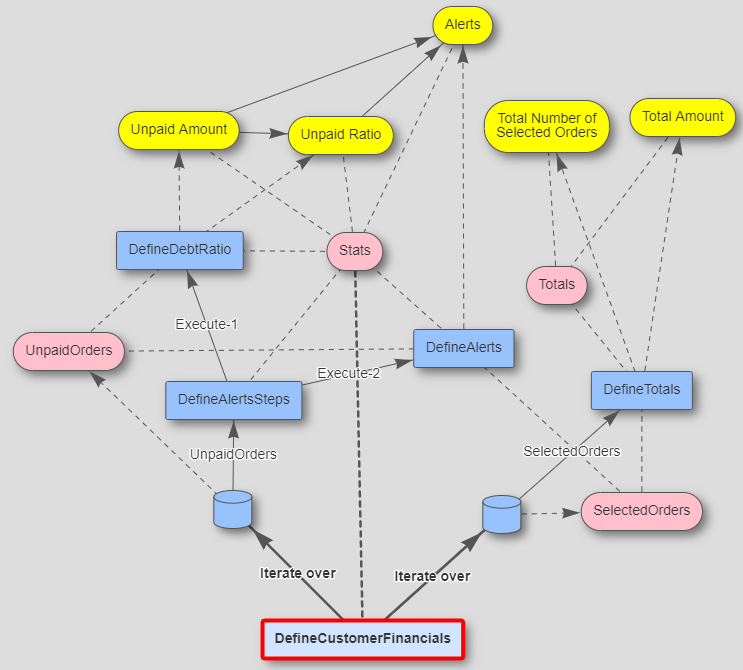With ongoing digital transformation organizations need to make sure that good quality data is available to subject matter experts and not only to a small IT team with a few SQL gurus. It requires business analysts (not programmers!) to be in charge of constantly changing data allowing them to validate data quality using simple business rules instead of complex SQL queries.
Traditionally, Business Rule Engines do not communicate with relational databases directly and expect to receive input and provide output via intermediate objects defined in Java, JSON, or XML. It assumes that access to a database is implemented in separately defined SQL statements. However, today customers frequently want to apply user-friendly business rules to access a database directly. At the same time they want to preserve the power of SQL dealing with databases of any complexity.
OpenRules “Rule DB” provides these capabilities by empowering Excel-based business rules with run-time RDBMS communication mechanisms. Let’s consider an example of how it works by migrating an SQL query to OpenRules. Consider this SQL query defined on the classic MySQL Sample Database:

We will migrate the record selection part of this query to a special Excel-based table of the type “DataSQL“:

We moved only the technical part of the query that usually resides in FROM and JOIN statements. However, the WHERE part of the query also contained the technical (not business) information such as
![]()
that we added to the WHERE-column of our table “SelectedOrders”.
The business part of the query
![]()
does not depend on the way we select the records and can be migrated to the regular decision table:

These business rules should be applied to every order selected from the data source “SelectedRecords”. It can be done by the iteration rules defined in this table:
To glue everything together, as usual with OpenRules we need to specify the Glossary:

Note that here the business concept “SelectedOrders” is the same as defined above in the DataSQL table and its attributes use exactly the same names as defined in the query’s SELECT statement (with aliases ‘c’, ‘o’, and ‘p’).
Our decision model capable to talk to the Sample Database “classicmodels” is completed. To access the database we only need to add the following properties to the file “project.properties”:
![]()
Now when we click on the standard batch file “test.bat” it will build and then execute our decision model. It will select 1277 orders from the “classicmodels”, will iterate through them by selecting only 6 with Payment Amount > 80,000 and Order Status = “In Process”, and will accumulate the Total Amount in these 6 orders. Here are the results:

Now you can easily implement other business logic by simple changing the decision tables without changes in DataSQL.
This example shows that RuleDB without sacrificing power of SQL allows you to naturally integrate business rules with a relational database. Look at the project “SqlInsideRules”, click on the “test.bat” it will execute business rules “DefineTotals” and “DefineAlertSteps” with SQL queries defined inside the rules. When you click on OpenRulesExplorer.bat, it will show the live diagram of this decision model:

Download Rule DB and run and analyze many more examples.
Services. OpenRules, Inc. provides Technical Support to help you to migrate from a pure SQL solution to a rules-based architecture. Contact us at support@openrules.com.

